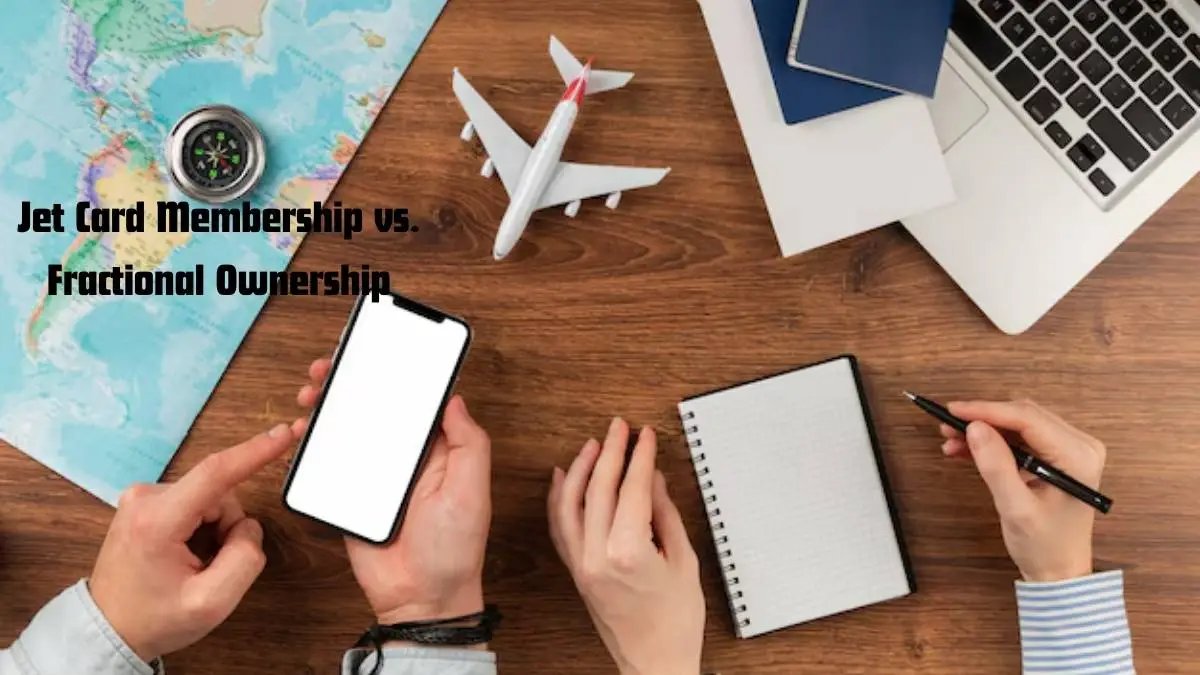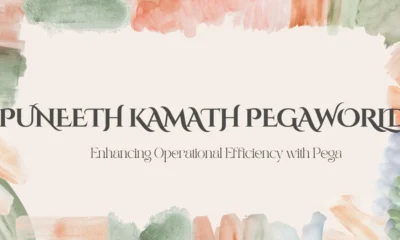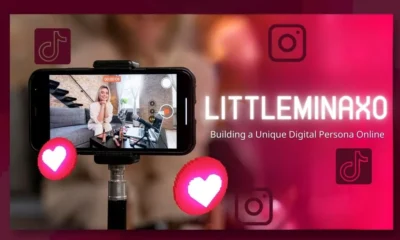Travel
Jet Card Membership vs. Fractional Ownership: Which One is Right for You?

For high-net-worth individuals, business executives, and frequent flyers, private aviation is an attractive alternative to commercial air travel. However, owning a private jet outright is not always practical due to the high cost of acquisition, maintenance, and operational expenses. Instead, Jet Card Memberships and Fractional Ownership offer more cost-effective ways to enjoy private aviation. But how do you determine which option best suits your travel needs? In this article, we will compare the two models in detail, examining costs, flexibility, benefits, and potential drawbacks to help you make an informed decision.
Understanding Jet Card Memberships
A Jet Card Membership is a prepaid program that allows members to purchase flight hours in bulk, providing access to a fleet of private jets without the commitment of ownership. These memberships are typically offered by private jet operators and brokers, and they cater to individuals who fly regularly but do not want to deal with the responsibilities of aircraft ownership.
Key Features of Jet Card Memberships:
- Prepaid Flight Hours: Members purchase a set number of hours, usually between 25 and 100 hours, at a fixed rate.
- Guaranteed Availability: Cardholders have access to private jets with as little as 24 to 48 hours’ notice.
- Consistent Pricing: Fixed hourly rates eliminate fluctuating charter costs.
- Fleet Access: Users can choose from a variety of aircraft sizes depending on their travel needs.
- No Long-Term Commitments: Unlike fractional ownership, jet card members do not have to commit to years of ownership.
- No Maintenance Responsibilities: Operators handle all maintenance, insurance, and operational logistics.
Who Should Consider a Jet Card Membership?
A Jet Card Membership is ideal for:
- Business executives and individuals who fly between 25-100 hours per year.
- Travelers who want cost predictability without financial or operational burdens.
- People who require short notice bookings and guaranteed availability.
- Frequent private flyers who need flexibility across different aircraft types.
Understanding Fractional Ownership
Fractional Ownership is a shared-ownership model where individuals or businesses purchase a portion (or share) of a private jet. The size of the share determines the number of flight hours available annually, and co-owners split the cost of acquisition, maintenance, and operational expenses.

Key Features of Fractional Ownership:
- Equity Ownership: You own a fraction of an actual aircraft, giving you partial asset value.
- Guaranteed Flight Hours: Shares typically range from 50 to 400 flight hours per year.
- Operational Control: Owners can have greater control over scheduling and personalizing the aircraft experience.
- Aircraft Consistency: You fly on the same aircraft or a similar model each time.
- Long-Term Commitment: Most fractional ownership agreements last between 3-5 years.
- Monthly Management Fees & Operating Costs: Owners share expenses such as crew salaries, maintenance, fuel, and insurance.
Who Should Consider Fractional Ownership?
Fractional Ownership is best suited for:
- Frequent private flyers who log more than 50 hours annually.
- Businesses or individuals who prefer consistent access to a specific aircraft type.
- Travelers who want more operational control and asset equity.
- People looking for a long-term aviation solution rather than ad hoc travel needs.
Which One Saves More Money?
- Jet Card Memberships are generally more cost-effective for individuals flying less than 100 hours per year, as they avoid ownership responsibilities and maintenance fees.
- Fractional Ownership can be more financially advantageous for travelers who exceed 100 hours per year, particularly if they prefer aircraft consistency and equity ownership.
Flexibility & Accessibility
One of the biggest differences between the two models is flexibility.
- Jet Card Members can book different aircraft sizes depending on trip requirements. This means you can fly a light jet for short domestic trips and switch to a larger aircraft for transcontinental travel.
- Fractional Owners, on the other hand, are limited to the specific aircraft they co-own. While some fractional programs offer fleet interchangeability, it comes with additional costs.
Maintenance & Operational Considerations
- Jet Card Members have no responsibility for maintenance, crew salaries, or aircraft insurance.
- Fractional Owners must contribute to monthly management fees, which cover maintenance, inspections, and general upkeep.
- Fractional ownership programs often require owners to commit to a multi-year contract, whereas Jet Card Memberships operate on a pay-as-you-fly basis.
Which Option is Better for You?
Choose Jet Card Membership If:
✔ You fly less than 100 hours per year. ✔You want flexibility across multiple aircraft types. ✔ You prefer short-term commitments and cost predictability. ✔ You don’t want to deal with ownership responsibilities. ✔ You require last-minute travel arrangements with guaranteed availability.
Choose Fractional Ownership If:
✔ You fly more than 100 hours per year and need consistent aircraft access. ✔ You want to build asset value through partial jet ownership. ✔You prefer exclusive use of a particular aircraft type. ✔ You are comfortable with a multi-year commitment. ✔ You are willing to share in monthly operational expenses.
Final Thoughts: Making the Right Choice
Both Jet Card Memberships and Fractional Ownership provide excellent private aviation solutions, but the right choice depends on your flying habits, financial preferences, and long-term goals.
If you value flexibility, minimal financial commitment, and guaranteed access to a fleet of aircraft, a Jet Card Membership is the way to go. However, if you fly frequently, want ownership benefits, and prefer a dedicated aircraft model, then Fractional Ownership may be the better option.
Whichever model you choose, private aviation offers a superior level of convenience, efficiency, and exclusivity compared to commercial flights. Understanding these options ensures that you make an informed decision that aligns with your lifestyle and travel needs.
-

 BIOGRAPHY6 months ago
BIOGRAPHY6 months agoBehind the Scenes with Sandra Orlow: An Exclusive Interview
-

 HOME1 year ago
HOME1 year agoDiscovering Insights: A Deep Dive into the //vital-mag.net blog
-

 HOME1 year ago
HOME1 year agoSifangds in Action: Real-Life Applications and Success Stories
-

 BIOGRAPHY1 year ago
BIOGRAPHY1 year agoThe Woman Behind the Comedian: Meet Andrew Santino Wife




























